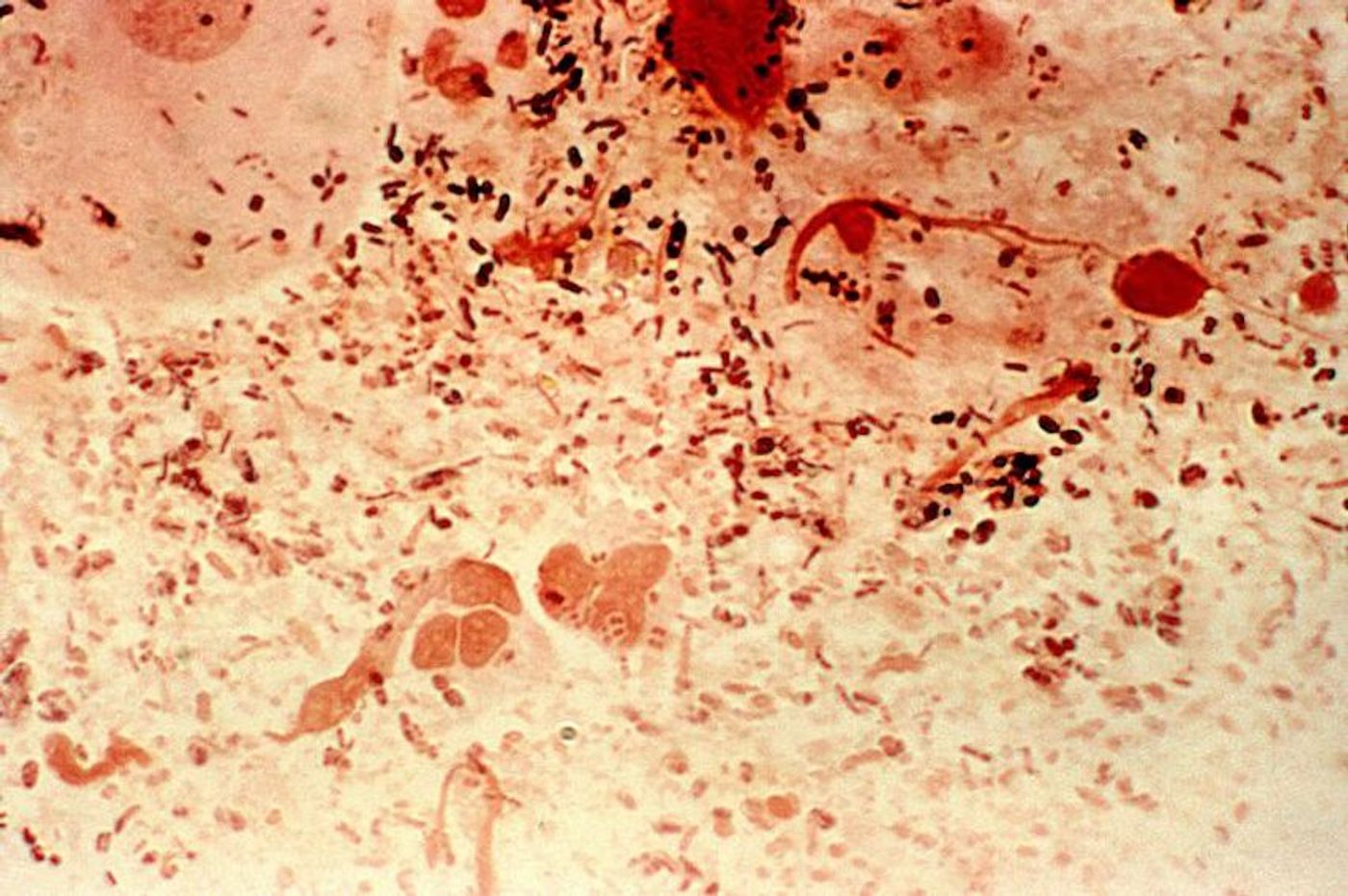Untreatable Gonorrhea on the Rise
Doctors and researchers have sounded the alarm about drug-resistant gonorrhea for several years now, and it seems there has indeed now been a spike in cases of the disease. According to the World Health Organization (WHO), data contributed from 77 different countries indicate gonorrhea is becoming more difficult, and sometimes impossible to treat.
"The bacteria that cause gonorrhea are particularly smart. Every time we use a new class of antibiotics to treat the infection, the bacteria evolve to resist them," explained Dr. Teodora Wi, Medical Officer, Human Reproduction, at WHO.
There is “widespread resistance” to cheaper and older antibiotics, according to the WHO. There have been reports coming from countries with good health infrastructure and reliable data collection that a few cases have been “untreatable by all known antibiotics.”
"These cases may just be the tip of the iceberg, since systems to diagnose and report untreatable infections are lacking in lower-income countries where gonorrhea is actually more common," said Dr. Wi.
It is estimated that 78 million people worldwide carry gonorrhea infections in the throat, genitals, and rectum. Health problems stemming from the infection have a disproportionate impact on women; gonorrhea can cause pelvic inflammatory disease, ectopic pregnancy, and infertility, and increase the risk of HIV.
“To control gonorrhea, we need new tools and systems for better prevention, treatment, earlier diagnosis, and more complete tracking and reporting of new infections, antibiotic use, resistance and treatment failures,” said Dr. Marc Sprenger, Director of Antimicrobial Resistance at WHO. “Specifically, we need new antibiotics, as well as rapid, accurate, point-of-care diagnostic tests – ideally, ones that can predict which antibiotics will work on that particular infection – and longer term, a vaccine to prevent gonorrhea.”
Inappropriate use of antibiotics due to misdiagnosis has been one problem contributing to this issue, but there are many factors at work. The rise of global travel, large-scale decreases in condom use and inadequate detection and treatment have all played into this public health problem.
"To address the pressing need for new treatments for gonorrhea, we urgently need to seize the opportunities we have with existing drugs and candidates in the pipeline. In the short term, we aim to accelerate the development and introduction of at least one of these pipeline drugs, and will evaluate the possible development of combination treatments for public health use," said Dr. Manica Balasegaram, GARDP Director. "Any new treatment developed should be accessible to everyone who needs it, while ensuring it’s used appropriately so that drug resistance is slowed as much as possible."
There are currently only three drugs in the pipeline, at various stages of development for use in the treatment of gonorrhea.
Some good news has come from Oregon State researchers, however. They have found a peptide that acts on an enzyme required by the gonorrhea bacterium, Neisseria gonorrhoeae, to replicate. The enzyme, AniA, allow the bacterium to ‘breathe’ in the anaerobic environments it infects and grows a biofilm.
"Bacteria in biofilms display increased resistance to antimicrobials," explained OSU researcher Aleksandra Sikora. "The enzyme is only necessary for cell viability when these bacteria grow under anaerobic conditions, including when they grow in the biofilm. Most antibiotics target essential cell functions; this one doesn't. It's only at a certain stage of growth that the bacteria are affected, which means the development of resistance won't be as fast."
Sources: WHO, AAAS/Eurekalert! Via OSU, Antimicrobial Agents and Chemotherapy









